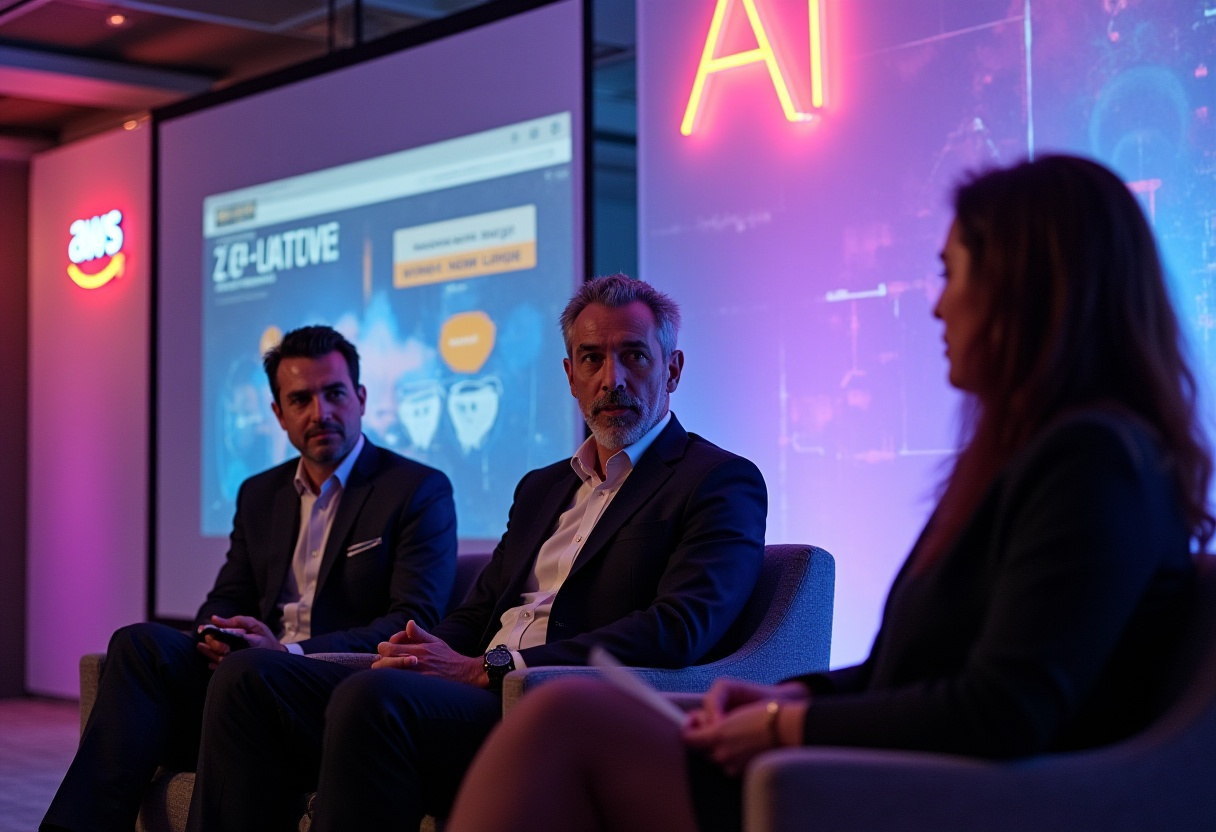Explore how AWS Bedrock Agents help solve the complex challenge of maintaining up-to-date AI model data at scale using open-source tools like Mistral.
Part 1 of a 3-part series on building AI agents with AWS Bedrock
The Challenge: Keeping AI Model Data Current at Scale
As some of you know, in addition to my job heading up AI and Data here at CloudGeometry, I co-lead the Models, Applications, and Data (MAD) workstream within the Linux Foundation AI & Data Generative AI Commons. We recently faced an interesting challenge. MAD maintains the database that powers the Model Openness Tool, a critical resource for the AI community that evaluates and tracks the openness of various AI models.
Anyone who's worked in AI for any length of time knows the pain of a quickly evolving ecosystem: model information changes constantly. New models and new versions of existing models are released, licensing terms are updated, technical specifications evolve, and keeping track of it all manually becomes impossible. We needed a smarter approach.
So we decided to experiment with something that felt kind of meta: using AI agents to help us manage AI model data.
Why AI Agents? Why AWS Bedrock?
Our goal was ambitious but clear: leverage an open-source model (in this case, Mistral) to automate the tedious work of researching, validating, and updating model information. But we needed the right infrastructure to make this vision a reality.
Enter AWS Bedrock.
What is AWS Bedrock?
AWS Bedrock is Amazon's fully managed service that provides access to high-performing foundation models from leading AI companies through a unified API (among other things, which we'll get to in a moment). Think of it as a one-stop shop for enterprise-grade AI capabilities. Instead of managing your own model infrastructure, dealing with scaling, or negotiating separate contracts with multiple AI providers, Bedrock gives you secure, scalable access to models from Anthropic, Cohere, Meta, Mistral AI, and more.
What makes Bedrock particularly compelling for enterprise use cases is its focus on security, compliance, and governance. Your data stays within your own AWS environment, you get fine-grained access controls, and you can implement the kind of audit trails and monitoring that enterprise applications demand.
The Power of Bedrock Agents
But while Bedrock does provide model access, maybe its bigger strength is around building intelligent systems. This is where Bedrock Agents come into play. They make your life easier in several ways, including:
- Orchestration Without the Complexity: Bedrock Agents handle the intricate dance of planning, reasoning, and executing multi-step tasks. Instead of writing complex orchestration logic yourself, you define tools and let the agent figure out how to use them effectively.
- Built-in Memory and Context Management: Agents maintain conversation history and context across interactions, giving you more natural and persistent workflows.
- Tool Integration Made Simple: Whether you need to call APIs, query databases, or interact with other AWS services, Bedrock Agents provide a clean abstraction for tool usage.
- Enterprise-Ready Security: Bedrock Agents are built on AWS's security model, with encryption, access controls, and audit capabilities baked in.
.png)
For our model documentation challenge, this meant we could build an agent that could research model information across multiple sources, validate data consistency, and update our database – all while maintaining the reliability and security standards our enterprise users expect.
What's Coming in This Series
This blog post kicks off a three-part deep dive into building AI agents with AWS Bedrock. Here's what we'll cover:
Part 2: Building with LangChain and Bedrock – We'll start with the familiar territory of LangChain, showing how to build a simple but effective agent that uses Bedrock models as its foundation. This approach gives you the flexibility of LangChain's ecosystem while leveraging Bedrock's managed infrastructure. Perfect for teams who want to get started quickly or need the extensive tooling that LangChain provides.
Part 3: Native Bedrock Agents – We'll graduate to building a full-fledged Bedrock Agent from scratch. This is where the real magic happens – leveraging AWS's native agent capabilities for more robust, scalable, and enterprise-ready solutions. We'll dive into agent configuration, tool definition, and the nuances of production deployment using quite a few of Amazon's native tools, such as Lambda functions for tools.
Throughout this series, we'll use our real-world use case of automating model documentation updates, providing practical examples and lessons learned from our experience].
Why This Matters
The intersection of open-source AI models and enterprise-grade infrastructure represents a fascinating inflection point in the industry. By combining Mistral's capabilities with AWS Bedrock's reliability, we're exploring how organizations can leverage cutting-edge AI while maintaining the governance, security, and scalability requirements that production systems demand.
Whether you're a developer looking to build your first AI agent, an enterprise architect evaluating agent platforms, or someone curious about the practical applications of AI in open-source governance, this series will provide concrete insights and actionable guidance.
Ready to dive in? Let's start building.
Next up: Part 2 - Building Your First LangChain Agent with AWS Bedrock






